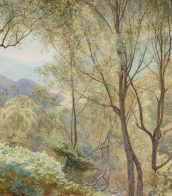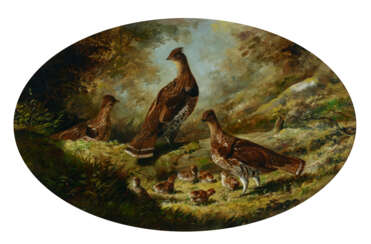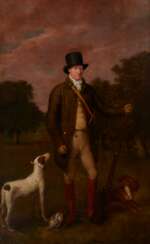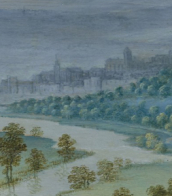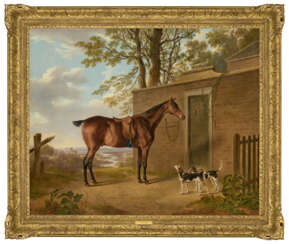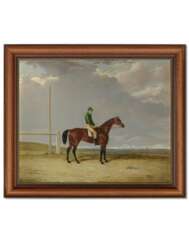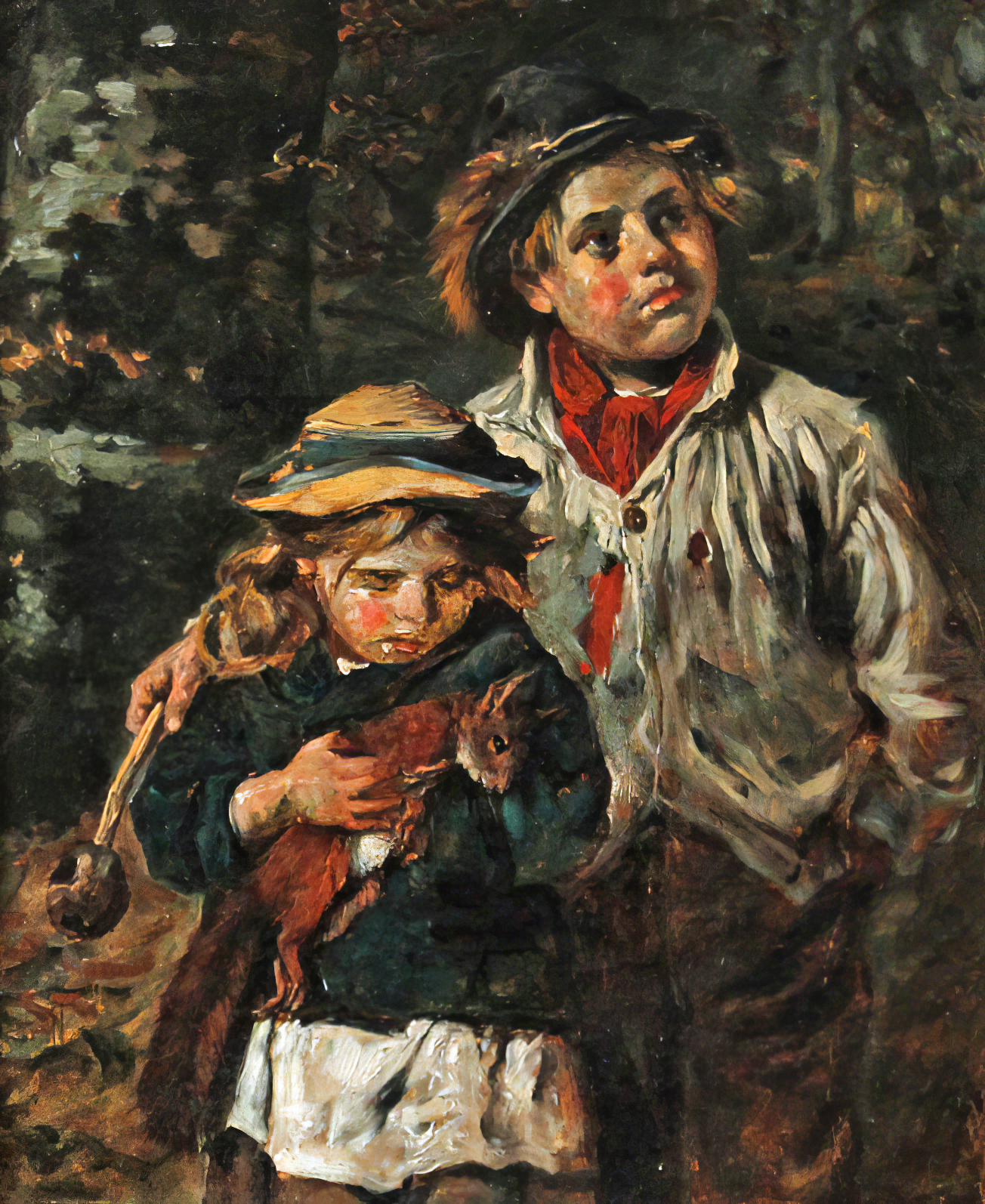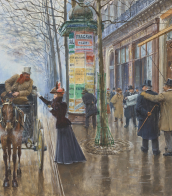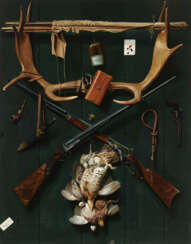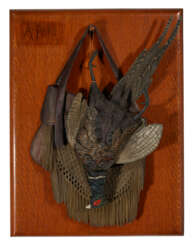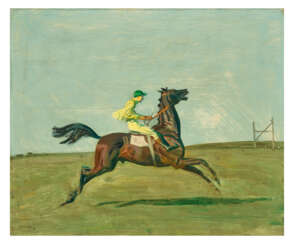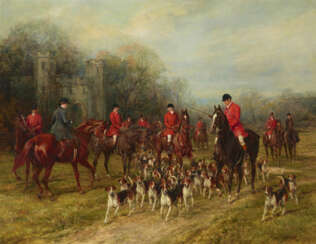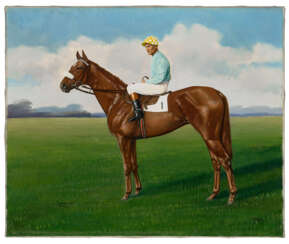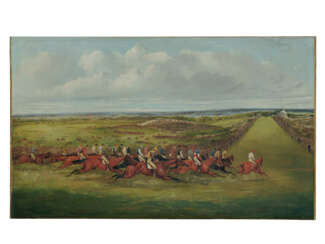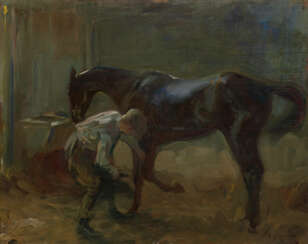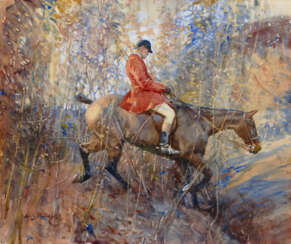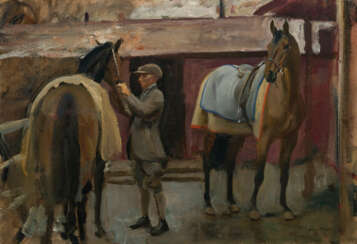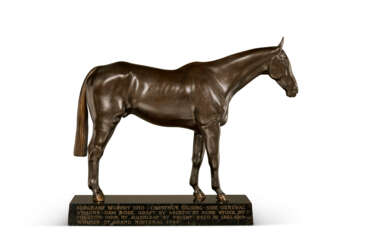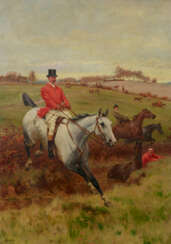спортинг арт
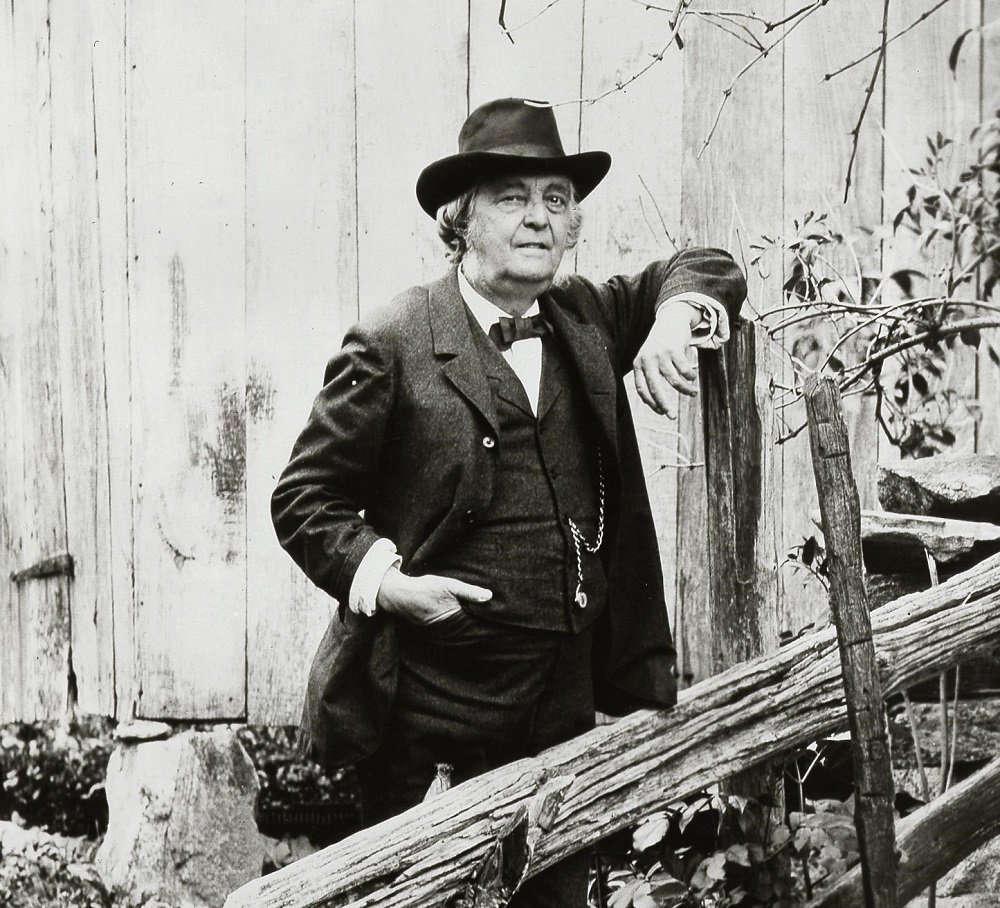
Arthur Fitzwilliam Tait was a British-American artist who is known mostly for his paintings of wildlife. During most of his career, he was associated with the New York City art scene.
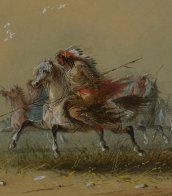
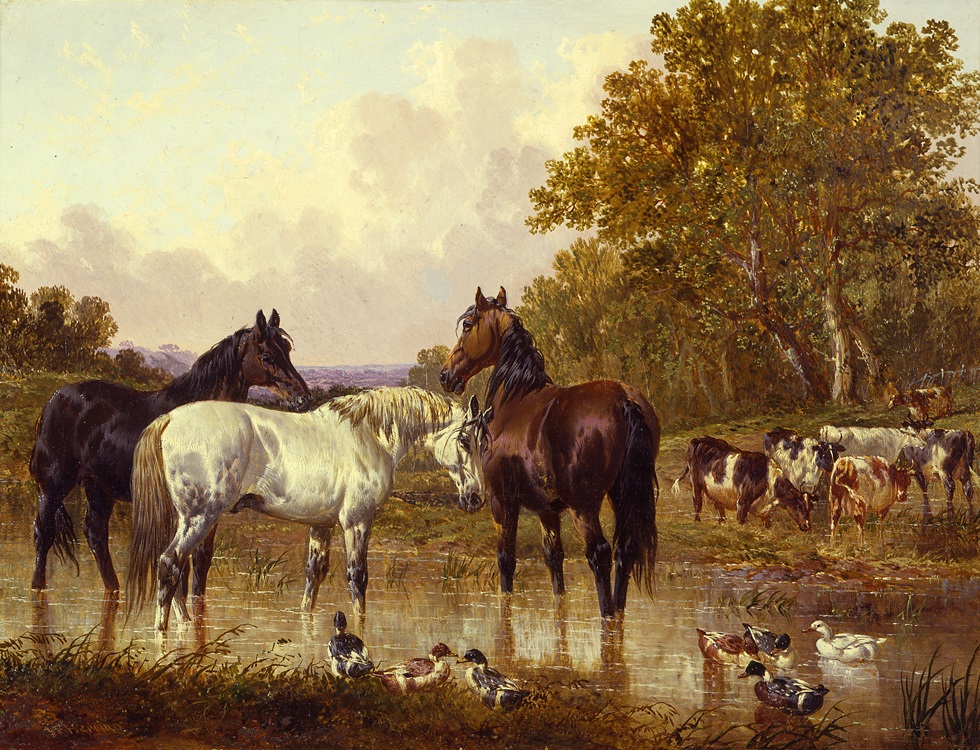
John Frederick Herring Jr. was an English painter who is best known for his equine art.
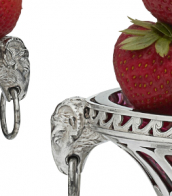
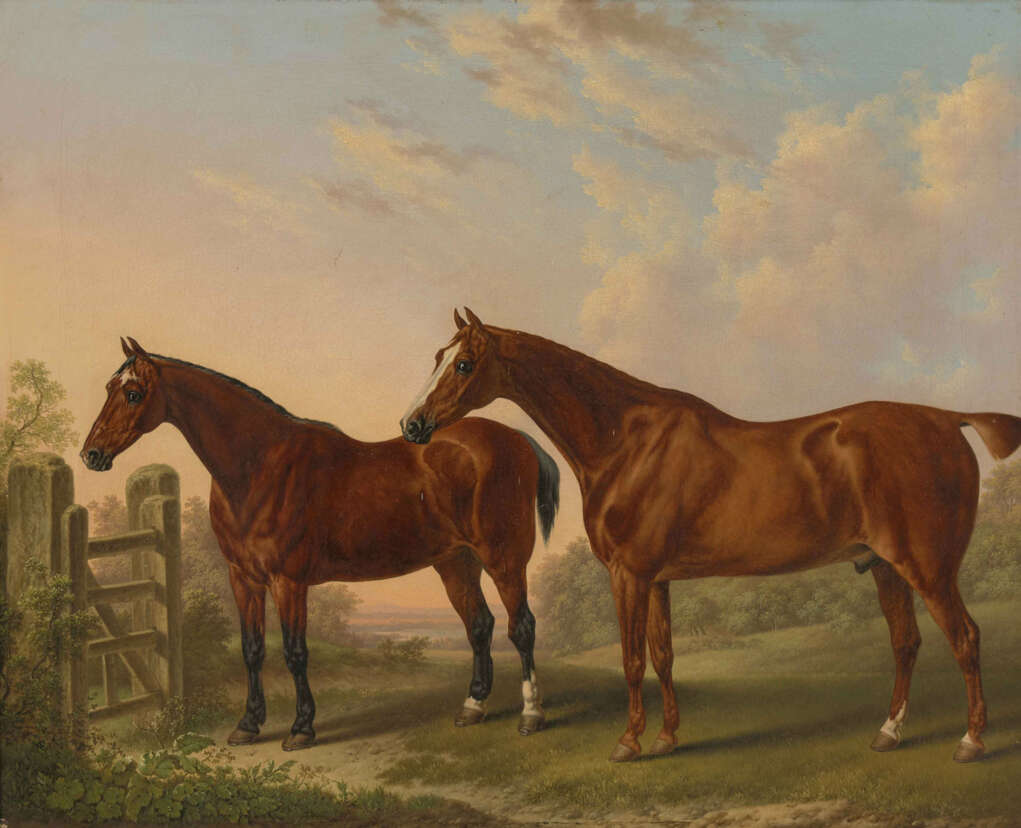
Charles Towne was an English painter of landscapes, horses and other animals, horse-racing and hunting scenes.
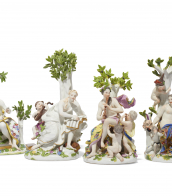
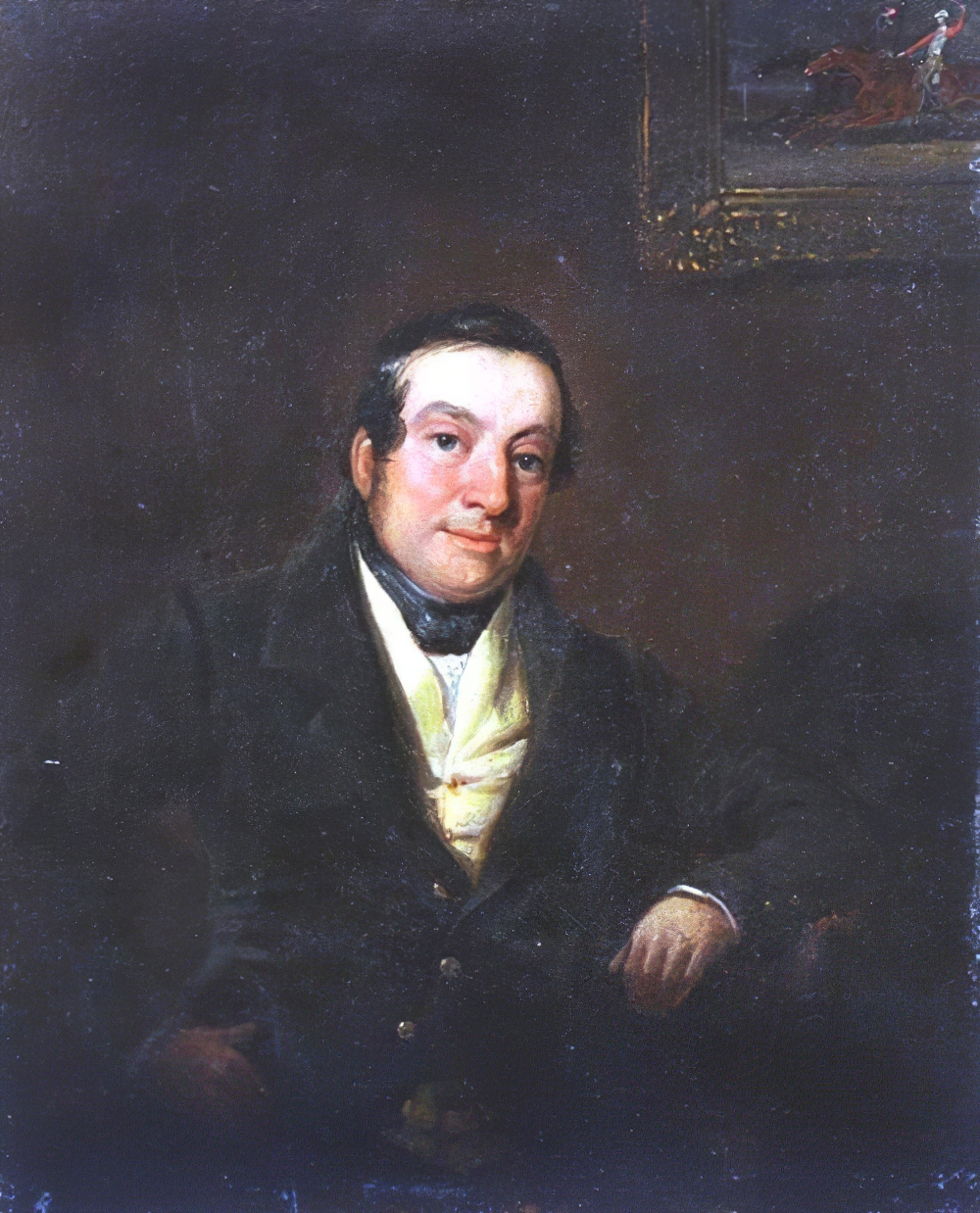
Harry Hall was an English equestrian painter, whose works were in demand by horse owners. His output was prolific and he was the foremost racehorse portraitist of his time: his style has been described as being "strikingly modern... when compared with many of his contemporaries". He also produced other types of portraits and shooting scenes.
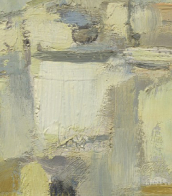
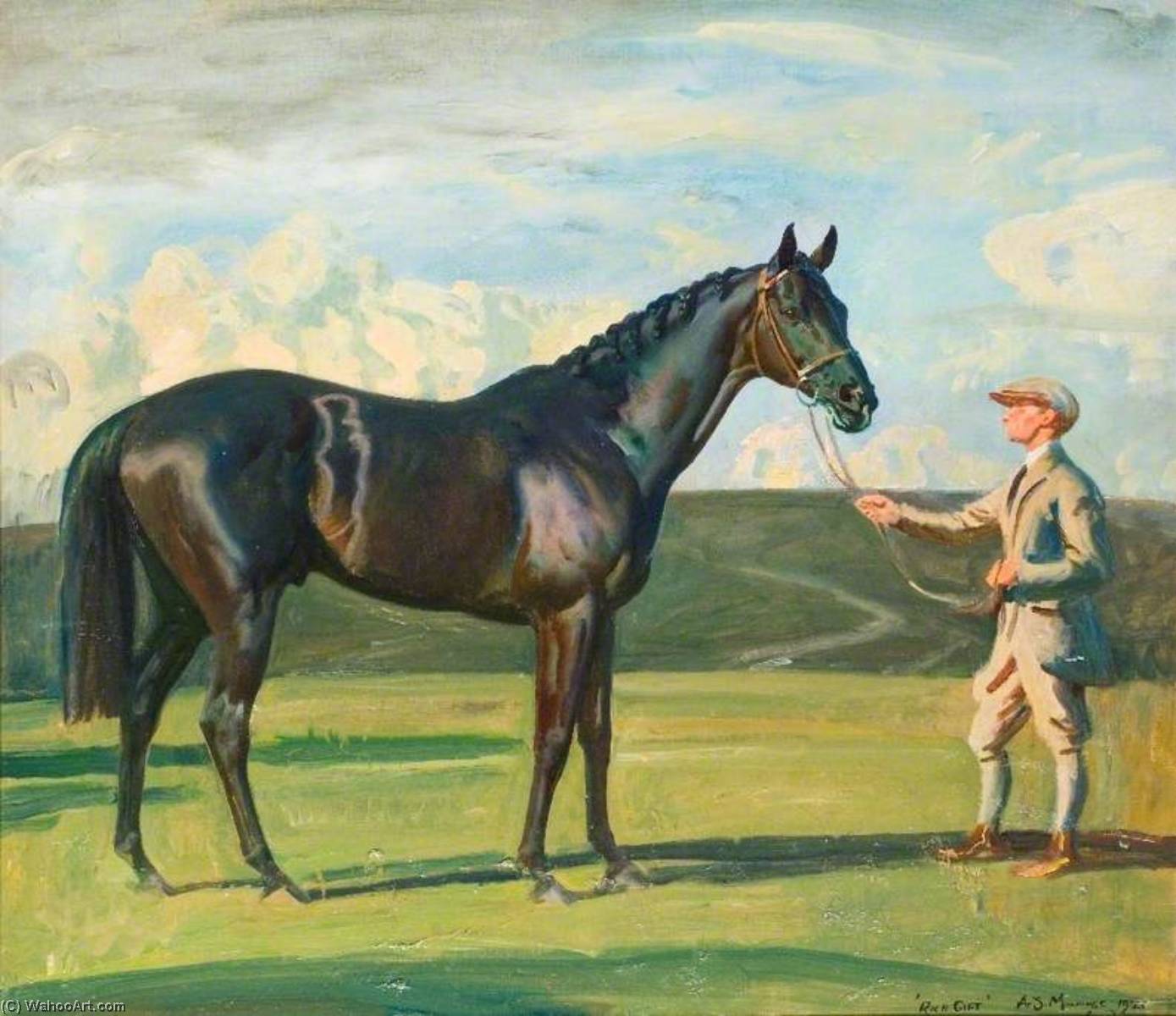
Alfred James Munnings was known as one of England's finest painters of horses, and as an outspoken critic of Modernism. Engaged by Lord Beaverbrook's Canadian War Memorials Fund, he earned several prestigious commissions after the Great War that made him wealthy. Between 1912 and 1914 he was a member of the Newlyn School of artists. His work was part of the art competitions at the 1928 Summer Olympics, the 1932 Summer Olympics, and the 1948 Summer Olympics.
Munnings was president of the Royal Academy of Arts from 1944 until his death.
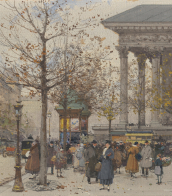
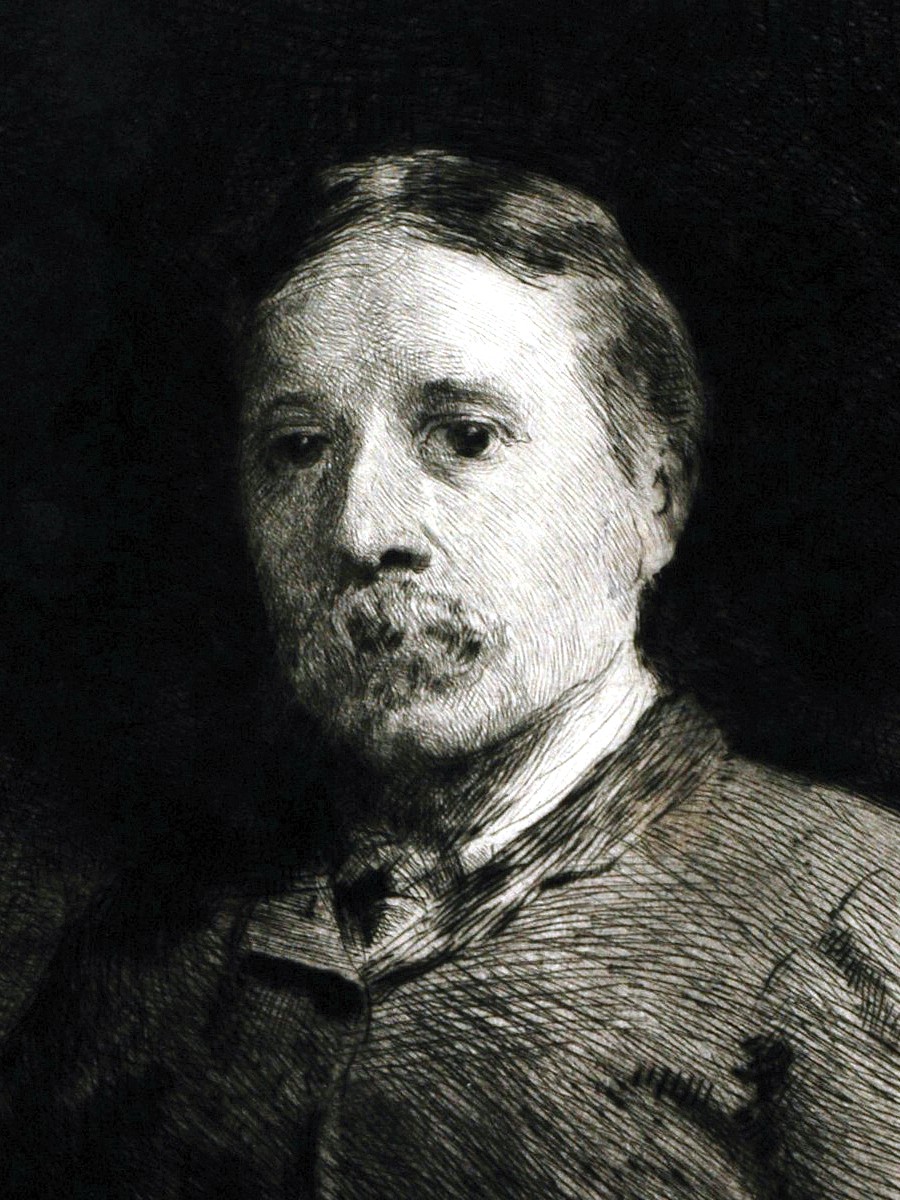

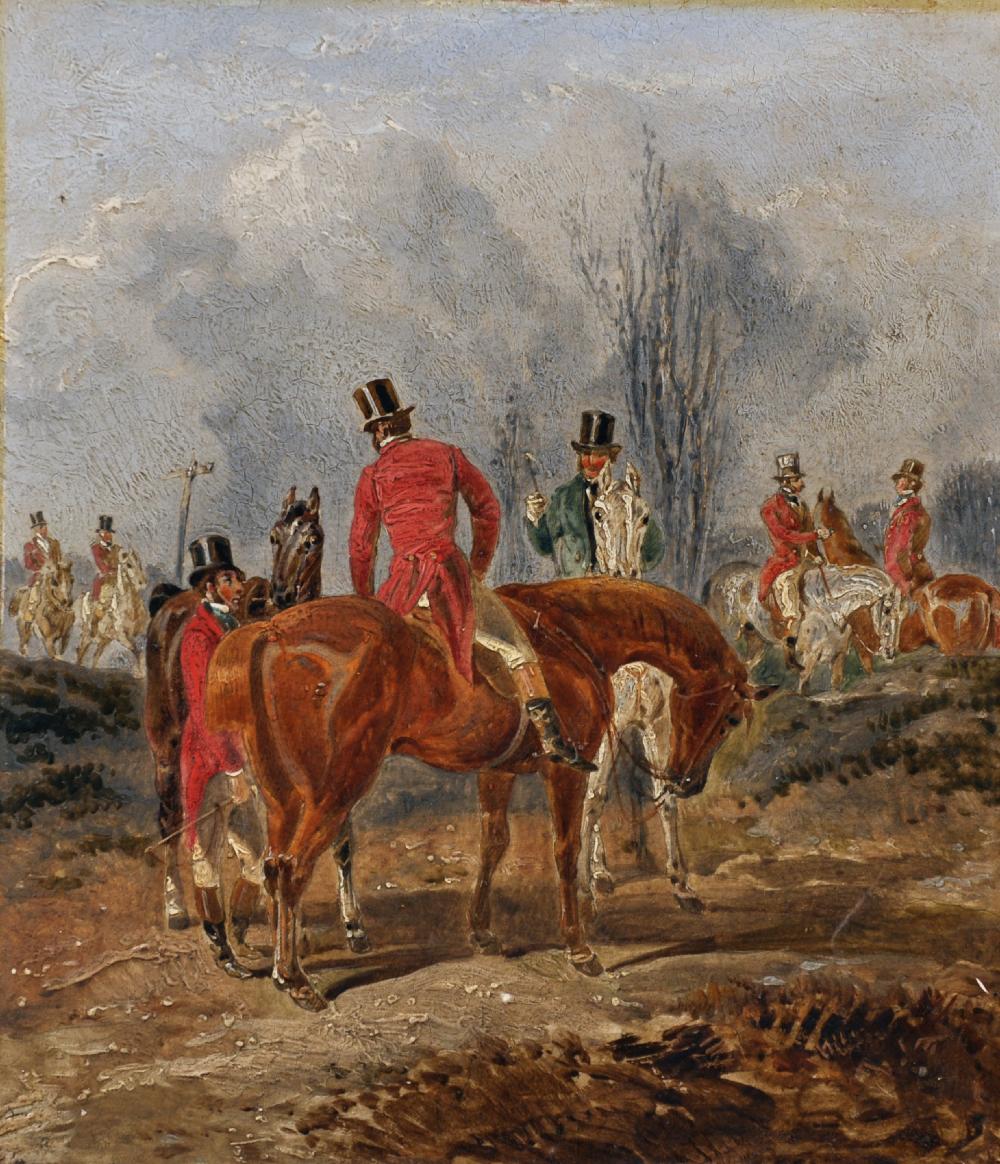
Samuel Henry Alken the Younger was a British painter.
Samuel Henry Alken was the son of Henry Thomas Alken (1785-1851) and grandson of Samuel Alken Senior (1756-1815). Like his father, he usually depicted equestrian sporting scenes, but did so in sets. The most famous of the sets of paintings by Henry Alken, Jr. is a depiction of hunting at Belvoir Castle.
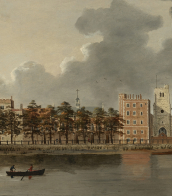

Alfred James Munnings was known as one of England's finest painters of horses, and as an outspoken critic of Modernism. Engaged by Lord Beaverbrook's Canadian War Memorials Fund, he earned several prestigious commissions after the Great War that made him wealthy. Between 1912 and 1914 he was a member of the Newlyn School of artists. His work was part of the art competitions at the 1928 Summer Olympics, the 1932 Summer Olympics, and the 1948 Summer Olympics.
Munnings was president of the Royal Academy of Arts from 1944 until his death.
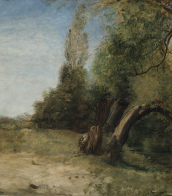

Alfred James Munnings was known as one of England's finest painters of horses, and as an outspoken critic of Modernism. Engaged by Lord Beaverbrook's Canadian War Memorials Fund, he earned several prestigious commissions after the Great War that made him wealthy. Between 1912 and 1914 he was a member of the Newlyn School of artists. His work was part of the art competitions at the 1928 Summer Olympics, the 1932 Summer Olympics, and the 1948 Summer Olympics.
Munnings was president of the Royal Academy of Arts from 1944 until his death.


Alfred James Munnings was known as one of England's finest painters of horses, and as an outspoken critic of Modernism. Engaged by Lord Beaverbrook's Canadian War Memorials Fund, he earned several prestigious commissions after the Great War that made him wealthy. Between 1912 and 1914 he was a member of the Newlyn School of artists. His work was part of the art competitions at the 1928 Summer Olympics, the 1932 Summer Olympics, and the 1948 Summer Olympics.
Munnings was president of the Royal Academy of Arts from 1944 until his death.

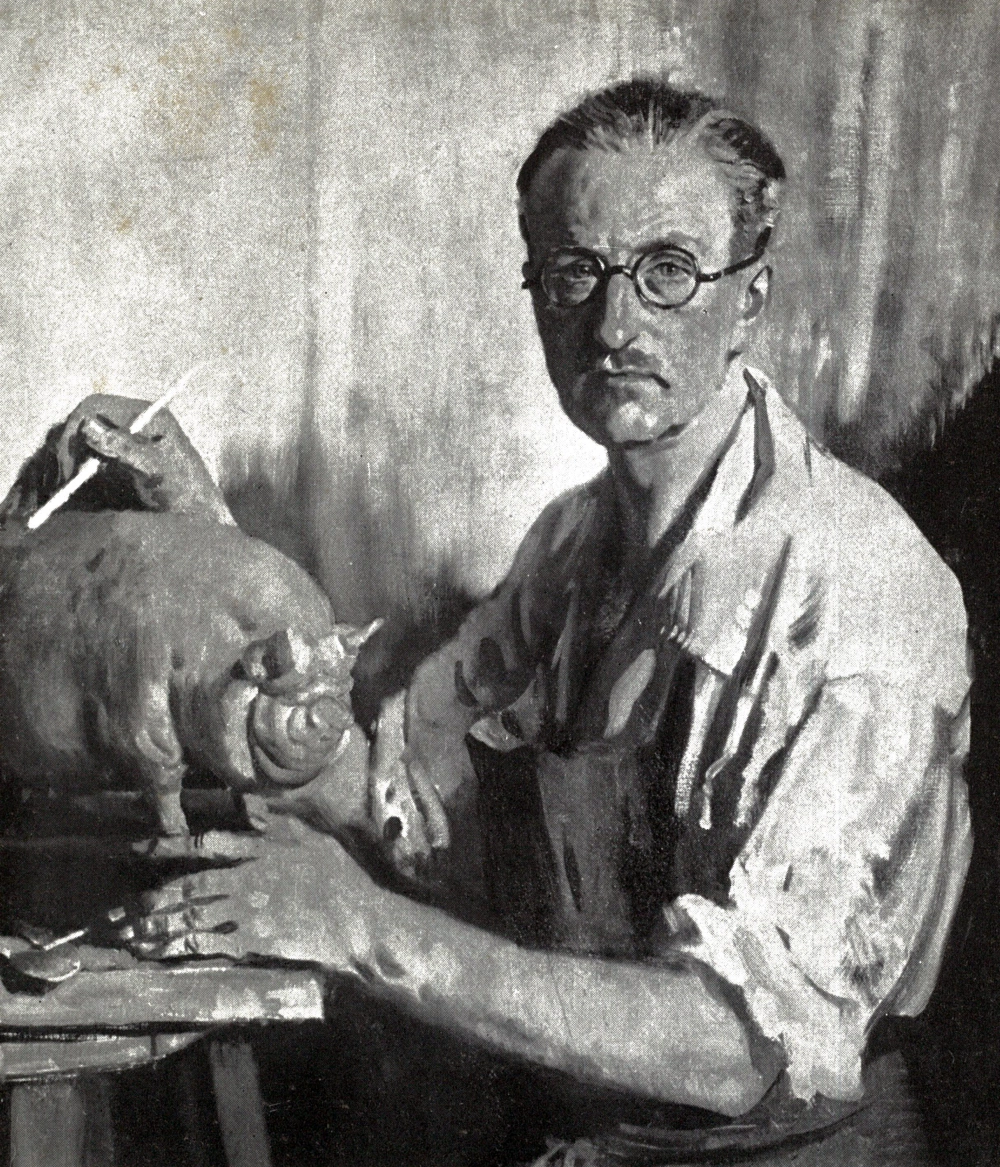
Herbert Chevalier Haseltine was an Italian-born French/American animalier sculptor, most known as an Equestrian sculptor.
He replicated many of his large works in table-top sizes. The author of a number of books on animalier art, Haseltine was well connected in American upper class society and did a three-year project to create a work for heiress Barbara Hutton. This project included two horses heads which were gilded bronze, with precious and semi precious stones. After her death the heads disappeared and resurfaced a few years ago at an auction in New York.
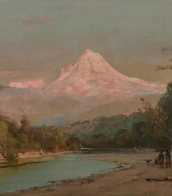
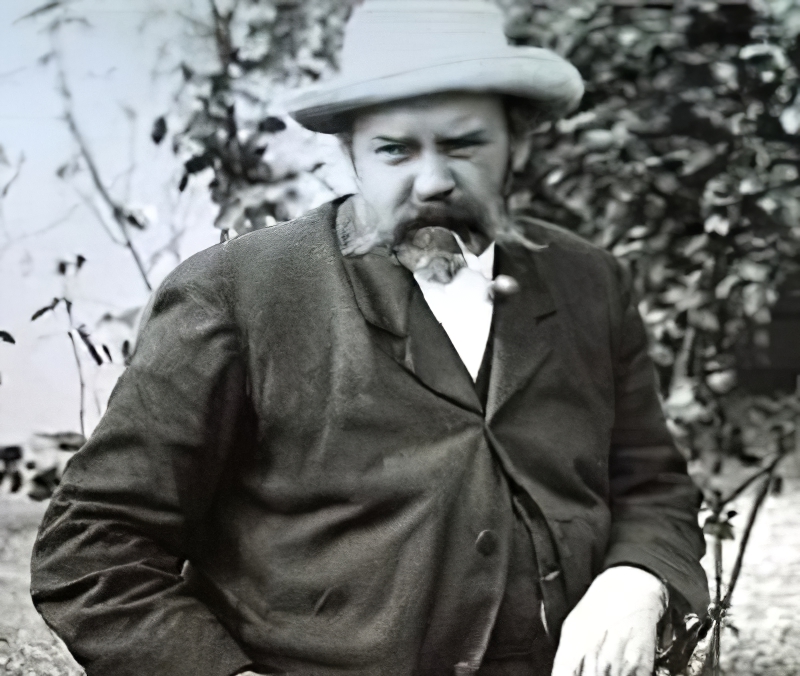
Thomas Blinks is a British artist specialising in hunting scenes, animal sports and dogs.
